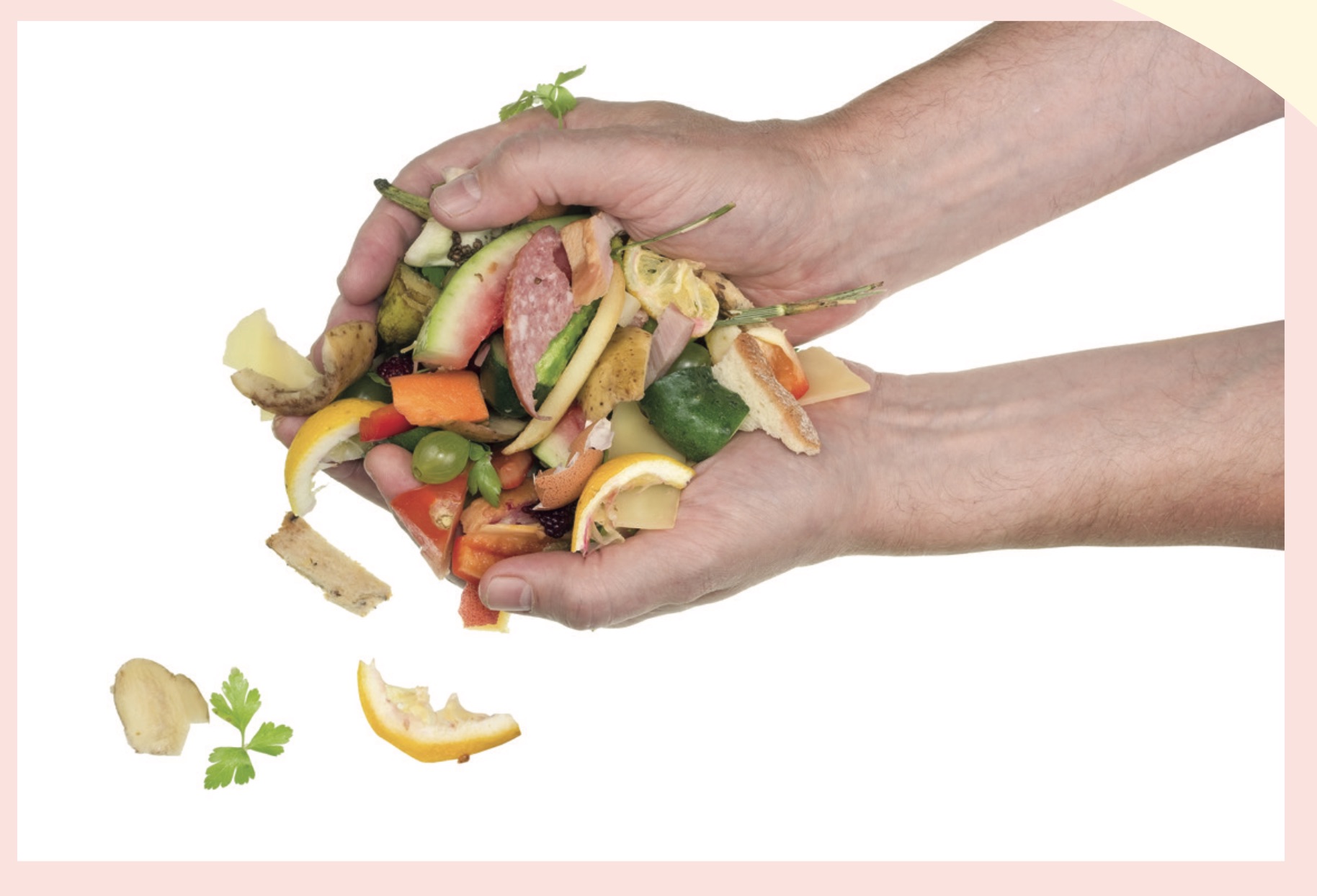FOOD WASTE
Hunger is still one of the most urgent challenges in the world, yet people are producing more than enough food.
Each year 1.3 billion tonnes of food is wasted, including about 45% of all fruit and vegetables, 35% of fish and seafood, 30% of cereals, 20% of dairy products and 20% of meat.
By doing this, we’re not just wasting food that could end global hunger, but we’re burning up the planet’s resources in the process. Here are some solutions to the food waste problem:
1) Improved Storage Methods: Simple, low-cost storage methods can cut food loss. This is a good solution for small-scale farmers who lose food to factors like pests and transportation damage.
2) Reduce Portion Sizes: Huge portion sizes at restaurants can lead to large amounts of food waste, as people are unable to finish the meals they order. Restaurants can reduce this type of waste by offering smaller sizes of menu items.
3) Start Campaigns: First consumers should be informed about the food waste problem. Then, the local governments, supermarkets or grocers should start campaigns to raise awareness. For example, they can print storage tips on their plastic bags.
4) Redistribute food: Some good food just never gets eaten. It might be because farmers can’t harvest an entire field, or because a grocer has ordered too much of something and can’t sell it all. If they want to reduce this type of food loss and waste, they can redistribute food by giving it to food banks and people in need.
All actors in the food chain have a role to play in preventing and reducing food waste. Wasting food is not only an economic issue but it also depletes the environment of limited natural resources.

